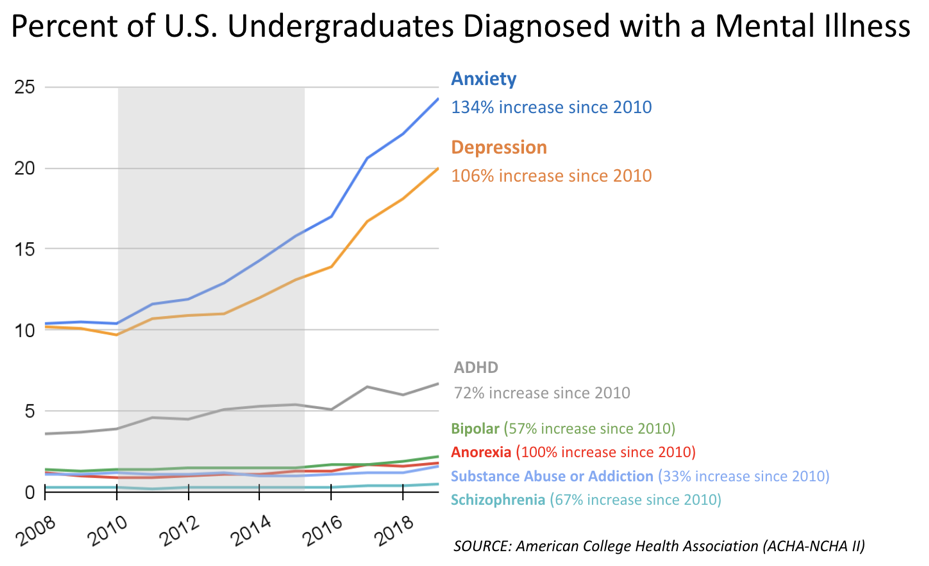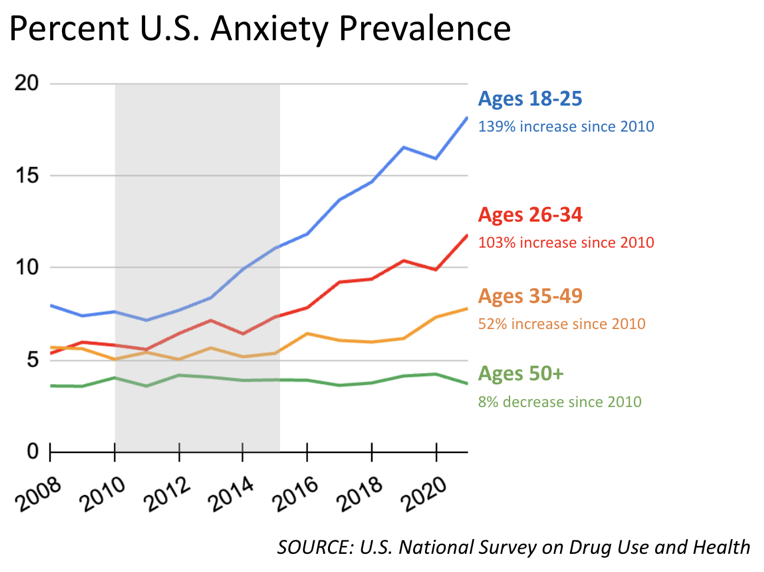Student Mental Health
The Negative Impact of Social Media and Smartphones on Children's Mental Health
|
The Negative Impact of Social Media and Smartphones on Children's Mental Health
|
The Impact of Vaping on YouthApril 5, 2024 Dear Parents and Students of Holly Area Schools, At Holly Area Schools, the health, safety and well-being of our students is our top priority. Today I’m providing the second in a series of communications focusing on the health of our students. Today’s message focuses on growing health concerns about use of nicotine and THC (active ingredient in cannabis) vaping devices by youth. Vaping continues to grow in popularity among young people, and students are often attracted by its enticing flavors, sleek device designs, and the false belief that it’s “just water vapor.” In addition to posing numerous health risks, consequences for using and/or distributing vape devices and THC products include violations of the student code of conduct subject to severe disciplinary actions in accordance with our district’s policies, including suspension and possible expulsion. The long-term effects of vaping on the developing bodies and brains of adolescents are particularly concerning. Recent research from Johns Hopkins University found users of vaping devices are exposed to potentially dangerous levels of metals like lead, nickel, manganese, and chromium, in addition to nicotine and other harmful chemicals. These metals are inhaled through vaping devices and can lead to serious health problems such as respiratory distress, lung disease, cardiovascular disease, and neurological damage. An American Heart Association study found that vaping nicotine and THC is linked to increased reports of depression, anxiety, and suicidal thoughts among teens and young adults. In a survey of over 2,500 individuals ages 13-24, users of nicotine-only, THC-only, and both substances reported higher rates of anxiety and depression compared to non-vapers. Dual users, in particular, showed a significant likelihood of addiction to nicotine and a tendency to vape to alleviate depressive symptoms. Recent studies have also highlighted the alarming impact of high-potency cannabis products on the physical health, mental health and cognitive development of young people. With THC levels close to 100%, today’s cannabis products are making some teenagers highly dependent and dangerously ill, including growing cases of youth psychosis, addiction, chronic vomiting and more. As a district, we are increasing awareness and identifying educational initiatives to help inform our students about these and other dangers of vaping. The following resources provide helpful tools to combat vaping addition:
I urge our parents to engage in open and honest conversations with your children about the risks associated with vaping. To our students, I strongly encourage you to think critically about the decisions you make and their long-term impact on your health and well-being. Working together, we can help curb vaping in our schools and protect the health of our Bronchos. Our collective effort can make a significant difference in the lives of our students as they chart their individual journeys toward success, rewarding careers and bright futures. Sincerely, Scott M. Roper, Superintendent |
The Impact of Smartphones on YouthMarch 20, 2024 Dear Parents and Students of Holly Area Schools, At Holly Area Schools, we are committed to providing a world-class education that helps prepare our Bronchos for success. I’m reaching out to start a dialogue with our families about the impact smartphones have on student mental health, social behavior, and academic performance. Smartphones have become a central part of our lives, offering unparalleled access to information, communication, and entertainment. However, the unintended consequences of their pervasive use among our children and teenagers cannot be overlooked. This communication is the first in a series I’ll be sharing with you focused on youth mental health. Recent findings, including those detailed in the video, “Eye-opening look at the hold smartphones have on kids”, highlight the urgent need for awareness on this issue. The video brings to light several critical concerns:
We urge parents to engage with their children on this topic and set a positive example that encourages moderation and balance. Follow this link to learn about some of the best parental control apps to monitor smartphone use at home. Here are a few questions to get our collective conversation started: How much time does your child/teen spend on their device daily? Researchers have found that smartphones have become a “constant companion” for young people spending a median of 4.5 hours per day on their phones, with the maximum amount of time reaching 16 hours. Does your child/teen use their smartphone during late-night hours, especially between midnight and 5 a.m.? A recent study found 60% of youth use their smartphones overnight — between the hours of midnight and 5 a.m. — on school nights. Have you noticed an impact on your teen’s sleep patterns, ability to concentrate on school work, and level of anxiety and stress? More than 50% of kids get 237 notifications per day — while some receive as many as 4,500 every day, according to a recent study. About 23% of these notifications occurred during school hours. As partners with our parents, we care about our students’ mental health, academic performance, and social skills. Working together, we can help ensure our children can harness the benefits of technology without falling prey to its pitfalls. We believe that through education, understanding, and cooperation, we can guide our youth toward a more balanced and healthy digital life. Sincerely,
Scott M. Roper, Superintendent |


